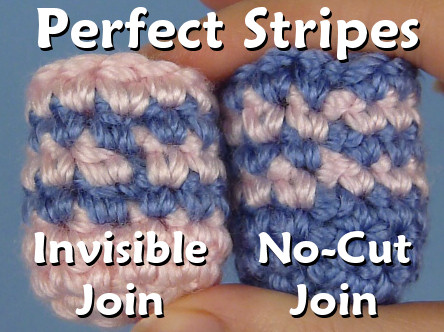
In the UK, there’s a TV ad campaign for an energy company featuring a character called Zingy. It’s a hugely popular series of commercials, but there’s no official Zingy merchandise available (yet). Zingy character and photo copyright Beatbots LLC, for EDF Energy commercials. My sister is a big fan so I told her I’d make […]




















